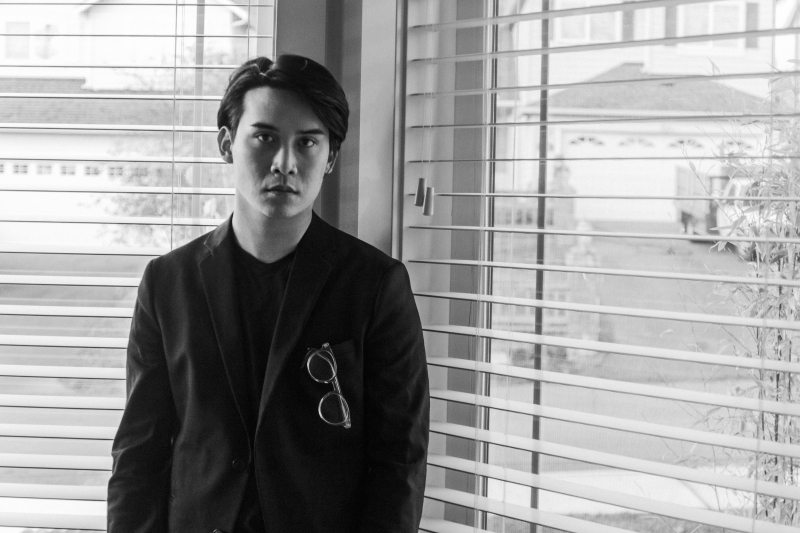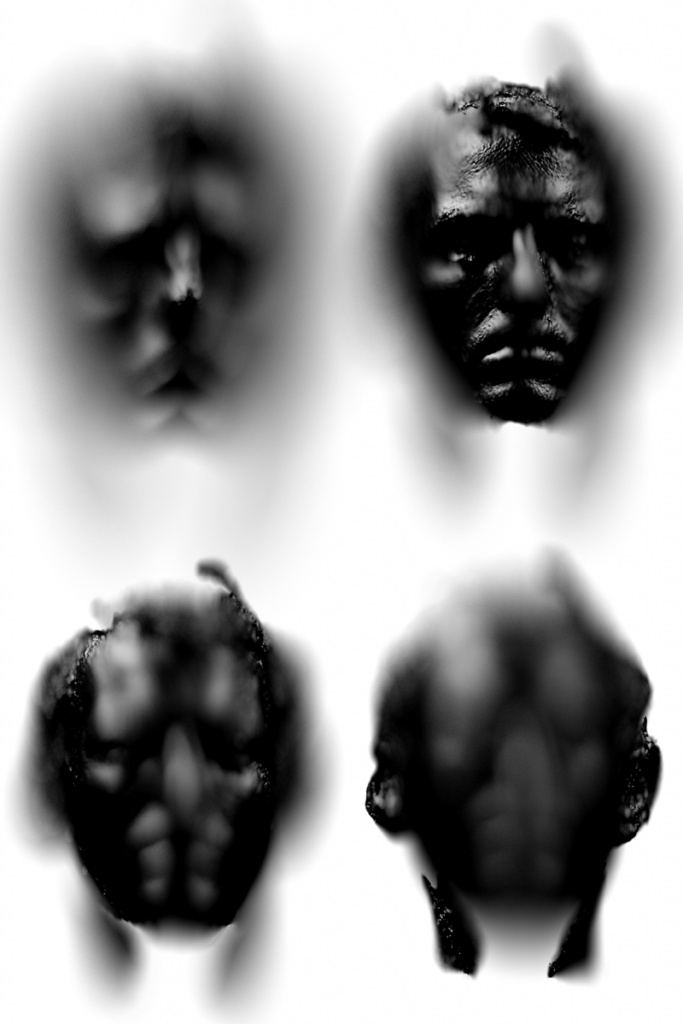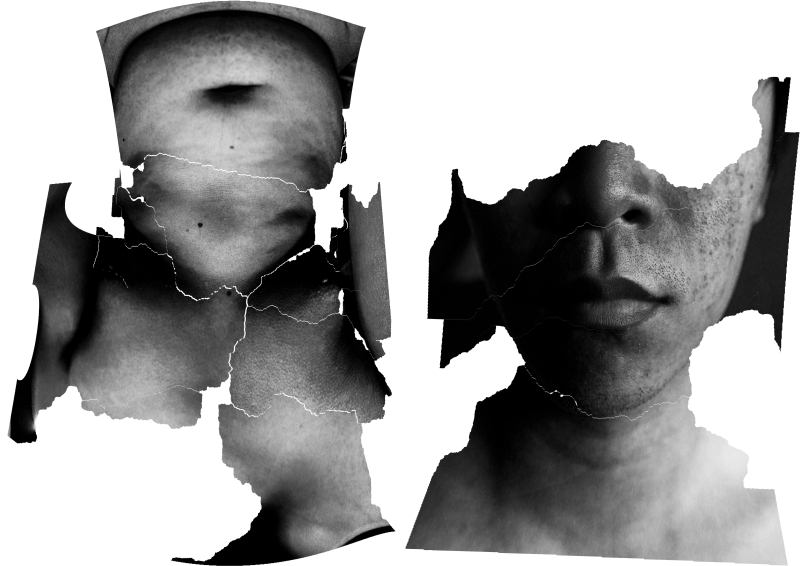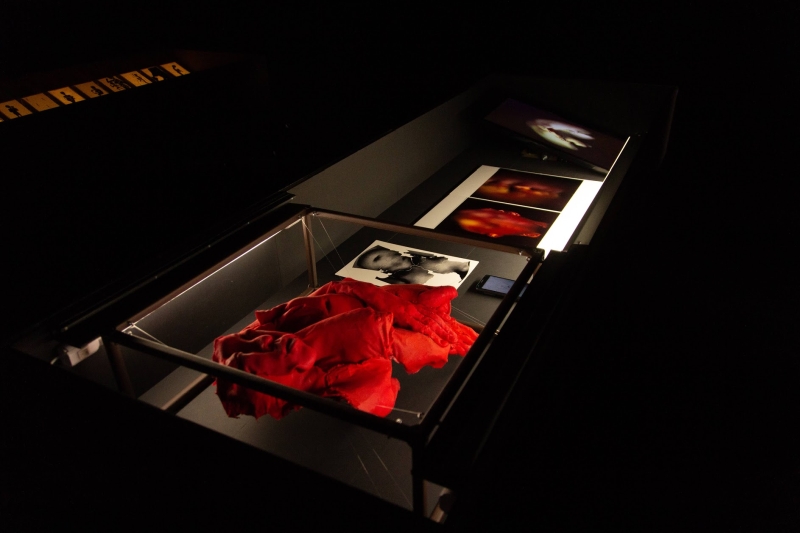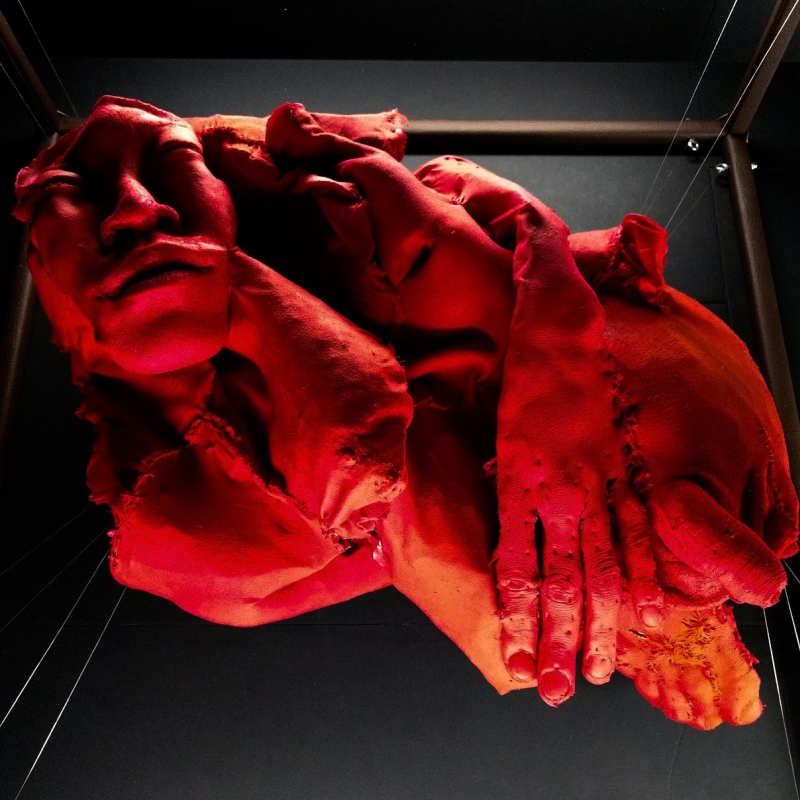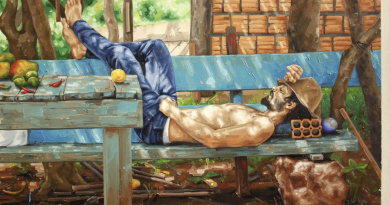One of the reoccurring themes of An Laphan’s work is the cartography of the body. Depicting the soma in moving image, (computer-generated) photography and sculpture, he methodically dissects the outer skin, the surface, the protecting hull of the body to reveal its absurdity: as a prison and a sanctuary, a place and an idea, an identity and a material.
Exploring the limits of how this paradoxical nature of the body can be described, he translates the dilemma into his practice: A methodology that is caught between close-ups and casts of the familiar body – oftentimes his own – with all its layers of self-image and psychosomatic history, and the detached strategies of a cartographer, in which he is mapping out the territory in terms of shape, depth, and topography.


